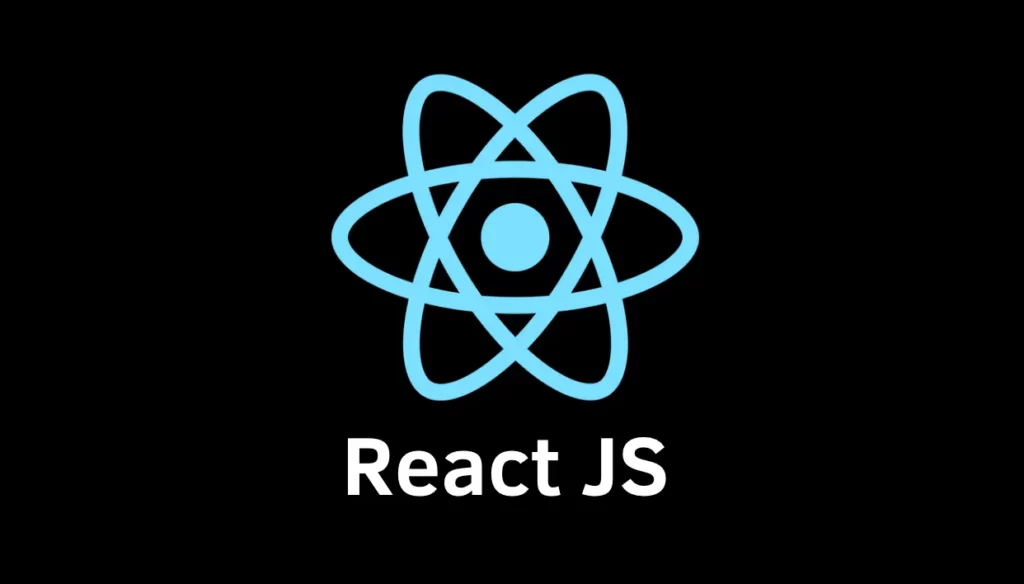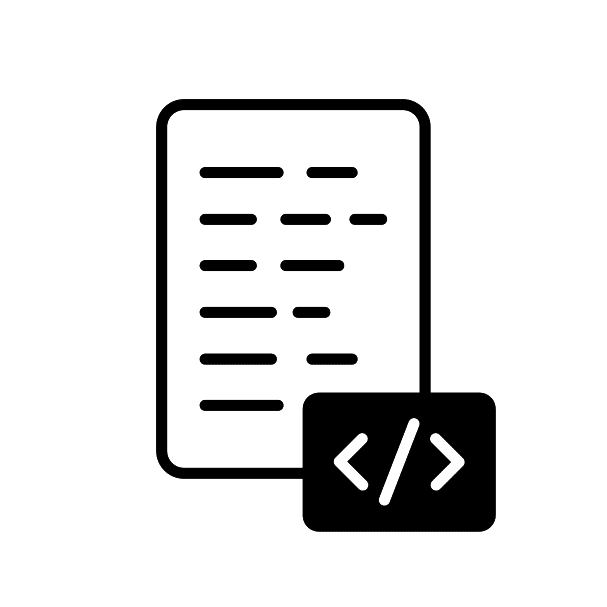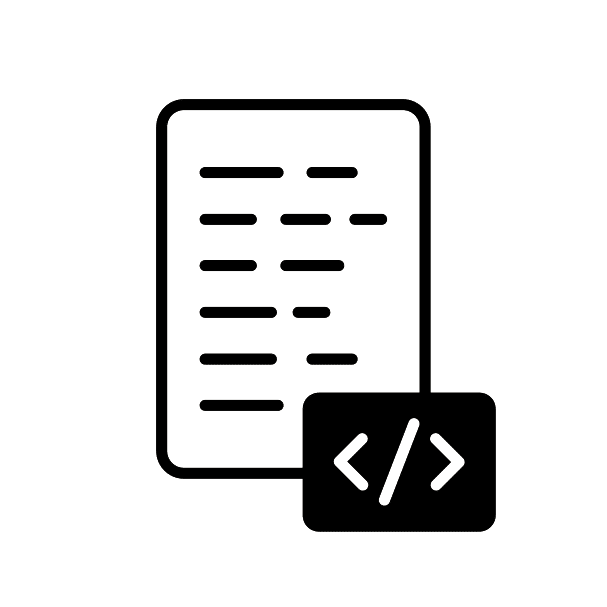Master coding with React, the powerhouse of JavaScript libraries.

Our teachers and tutors graduated from top universities








Overview

Tailored Coding Syllabus
Select your preferred programming languages or topics, and we'll match you with an expert tutor for a personalized learning experience.

Flexible Coding Sessions
Your learning path is customized to your speed and unique challenges, ensuring seamless progress without any distractions or competing demands.

Customized One-on-One Tutoring
Your academic journey is meticulously designed to align with your pace and chosen challenges, safeguarding uninterrupted development free from distractions or competing commitments.
About React
React is a powerhouse JavaScript library focused on crafting interactive UIs. It allows you to create nimble views for each application state, ensuring smooth, efficient updates and rendering as your data evolves.
Developed and maintained by Facebook, React has quickly risen to prominence and is now widely used in modern web development projects. Its component-based architecture promotes reusability and maintainability, streamlining the development process. React is particularly well-suited for single-page applications (SPAs), where the need for a fast and interactive user experience is paramount.
One of React’s standout features is the virtual DOM, which optimizes rendering and improves the app’s performance. The virtual DOM acts as an intermediary between the actual DOM and the developer’s changes, minimizing direct manipulations of the DOM and making updates more efficient.
React’s ecosystem is vibrant, featuring a wide array of tools and libraries that extend its capabilities. For example, React Native enables developers to create native mobile applications for both Android and iOS, using the same React architecture. This cross-platform development saves time and resources, allowing businesses to maintain a consistent user experience across multiple platforms without duplicating work.
Moreover, the learning curve for React is relatively shallow, especially if you’re already familiar with JavaScript and HTML. This makes it a great choice for beginners looking to break into web development, as well as for seasoned developers interested in expanding their skill set. But don’t let its simplicity fool you; React is robust enough to power complex applications, as demonstrated by its use in platforms like Facebook, Instagram, and Airbnb. By mastering React, you’re positioning yourself at the forefront of modern web development, a skill that is increasingly in demand as businesses shift their focus towards enhancing user experience and interface design.
React also seamlessly integrates with various back-end technologies, making it a versatile choice for full-stack development. With an active community and a plethora of third-party libraries, learning React opens doors to a multitude of career opportunities in web and mobile app development. Its popularity also means extensive documentation and community support, making it easier for newcomers to get started and for experienced developers to solve complex problems.
Description
React is a game-changer in JavaScript libraries, widely used by tech giants like Facebook and Instagram for dynamic, high-performing User Interfaces (UI). While it’s essential to have a grip on HTML, CSS, and JavaScript, mastering React through our course will open doors to specialized UI roles in mobile and single-page applications.
What you will learn
- Understand why React is a go-to for modern web design
- Craft dynamic UI components from scratch
- Elevate your core JavaScript programming capabilities
Requirements
- Ages 13-18
- A programmer who is comfortable with HTML and one other programming language will be able to pick up React in a week or less
Student FAQs About Coding with React
The Virtual DOM is an in-memory representation of the real DOM elements. React uses it to update the actual DOM efficiently, minimizing direct manipulation and thereby improving performance. By comparing the current Virtual DOM with the previous one, React calculates the minimal number of changes required, then updates the real DOM accordingly.
React Hooks are a feature that allows you to use state and other React features without writing a class component. With Hooks like useState and useEffect, managing state and side-effects becomes cleaner and more straightforward, making your codebase easier to maintain and understand.
JSX stands for JavaScript XML. It allows you to write HTML elements and components with JavaScript. Although it’s not a requirement for building React apps, it makes the code more readable and easier to write, offering a syntax familiar to those who have experience with HTML and XML.
Components are the building blocks of any React application, encapsulating the logic, structure, and style for a UI piece. There are mainly two types of React components: Functional and Class components. Functional components are simpler and easier to test, while Class components are generally used for more complex logic and state management.
Props, short for “properties,” are variables passed from a parent component to a child component. They make components reusable by giving them dynamic values. Props are read-only and should not be modified inside the child component; any modification should happen in the parent component.
How it works
1
Request a tutor
Let us know your goals and age range. We'll figure out a plan to help get you there.
2
Match with a tutor
We'll recommend you a tutor based on your needs and goals, or you can request a specific tutor.
3
Start a free trial
Experience a free trial lesson with your new tutor and see if your learning style matches.
4
Keep it up!
If everything went well, sign up to keep going! You can choose the pacing of the lessons
Need more info?
Let's talk.
Leave your phone number, and we’ll call you back to discuss how we can help you.






